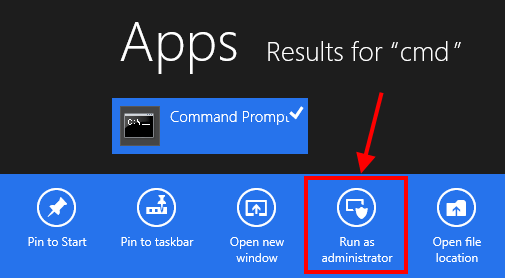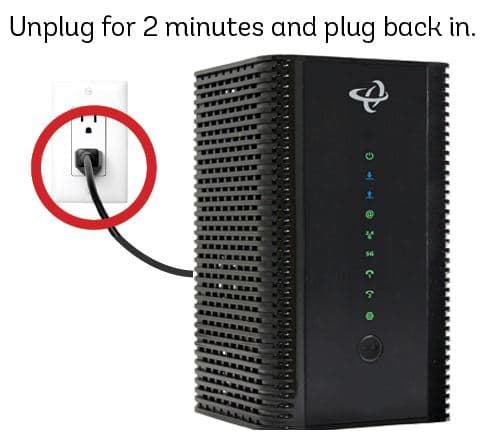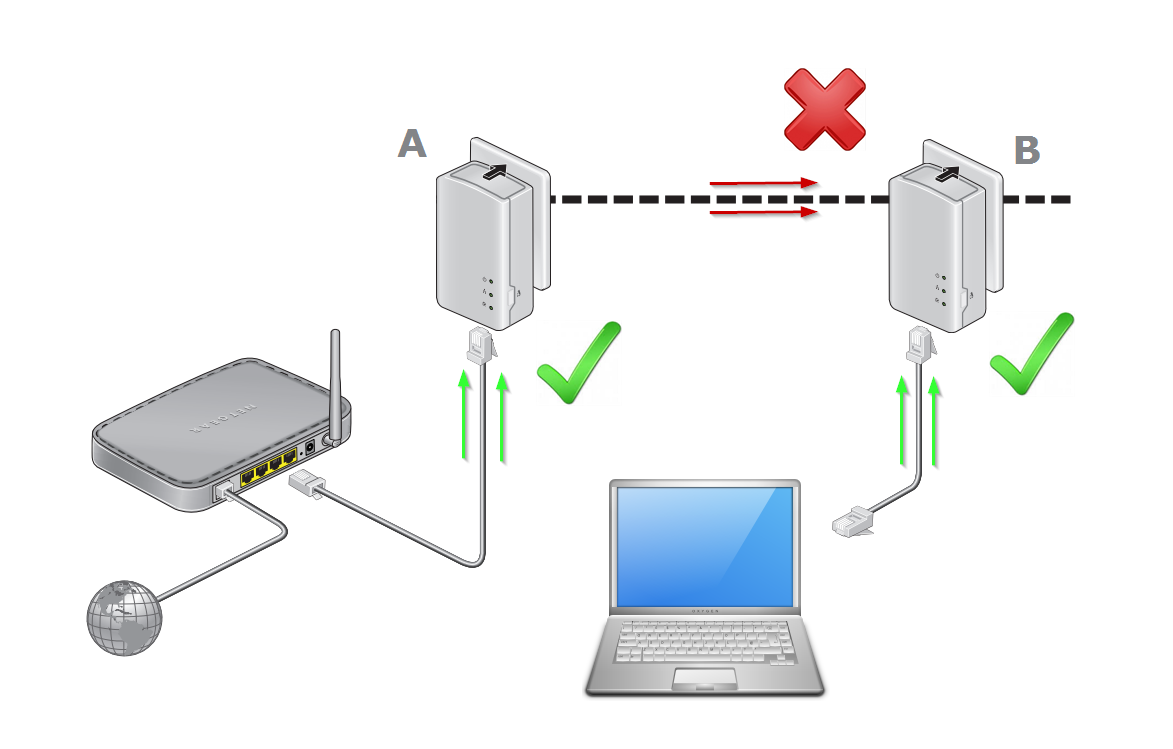Ethernet cables are the backbone of modern computer networks, carrying data between devices at rapid speeds. However, not all Ethernet cables are the same. An important factor that impacts the performance and capabilities of Ethernet cabling is the wire gauge, denoted by the American Wire Gauge (AWG) standard. This article will provide an in-depth look at 24AWG, 26AWG, and 28AWG Ethernet cables to understand the key differences.
What is American Wire Gauge (AWG)?
The American Wire Gauge system provides a standardized method for specifying the diameter of conductive wires, including the copper conductors inside Ethernet cables . It uses a numerical system where a higher number denotes a thinner wire. For example:
- 24AWG: Thickest wire of the three gauges discussed here.
- 26AWG: Slightly thinner than 24AWG.
- 28AWG: The thinnest of the common Ethernet wire gauges.
The key impact of AWG on Ethernet cables is that it determines:
- The physical size and durability of the conductors
- Electrical resistance and signal loss (attenuation)
- Supported transmission length before signal degradation
With this basic understanding of AWG, let’s analyze the differences between 24AWG, 26AWG, and 28AWG in detail.
24AWG Ethernet Cables
24AWG Ethernet cables have the largest copper conductor diameter among standard networking cables . With low resistance and attenuation, 24AWG provides the following benefits:
Long transmission lengths: Signals can travel farther over 24AWG before becoming too degraded. Runs up to 100 meters are possible for 24AWG Cat5e/6/6a.
Higher durability: The thicker copper stands up to more physical stress before failure.
Lower resistance: Generates less heat and voltage drop compared to thinner gauges.
High power capacity: Can safely support up to 0.577 amps per conductor, enabling higher power delivery in PoE networks .
Due to these advantages, 24AWG is ideal where cable runs are over 50 feet or when durability is a prime concern. It provides the best performance for long distance or challenging installations.
26AWG Ethernet Cables
With slightly thinner conductors than 24AWG, 26AWG Ethernet cables offer a balance of performance and flexibility :
Improved flexibility: Easier to work with than thicker 24AWG for cable management.
Good signal integrity: Supports runs up to the 100 meter Cat5e/6/6a standard before degradation.
Enhanced airflow: Takes up less space compared to 24AWG; better for heat dissipation.
The compromise is that 26AWG has more attenuation over extreme distances and lower power delivery capacity than 24AWG. Still, it strikes a useful middle-ground between thickness and thinness.
28AWG “Slim” Ethernet Cables
28AWG Ethernet cables have the smallest conductor size, allowing an overall diameter over 25
Extreme flexibility: Easy to route through confined spaces; no stress on connections.
Space efficiency: Higher port density in patch panels; improved airflow and cooling.
Low visibility: Greater aesthetics with less visible cabling.
However, the limitations of 28AWG must also be considered:
Limited lengths: Higher attenuation means maximum runs of just 15 meters before degradation.
Lower power: Restricted to around 0.181 amps per conductor. Insufficient for high power PoE.
Vulnerability: Thin conductors are prone to physical damage if improperly handled.
So while useful in constrained environments, 28AWG Ethernet has significant tradeoffs versus thicker gauges. Carefully assess the run lengths and power needs before choosing 28AWG.
Key Considerations When Selecting Ethernet Cable Gauge
There is no universally “best” Ethernet cable AWG for all situations. The ideal gauge depends on your specific requirements:
- Installation method – Inside walls favor thicker 24AWG, while surface runs may use 28AWG.
- Run length – 24AWG for runs over 50 feet, 28AWG for patch cables under 10 feet.
- Power needs – 24AWG supports the highest PoE wattages.
- Environment – 28AWG makes sense in tight spaces lacking protection.
While not as crucial for short patch cables, considering gauge is vital when planning long structured cable runs during new network installations or upgrades. Consult the following table for quick recommendations on selecting the appropriate AWG:
| Use Case | Recommended Gauges |
|---|---|
| Patch cables under 15 feet | 28AWG, 26AWG |
| Medium runs, 15-50 feet | 26AWG, 24AWG |
| Backbone cables over 50 feet | 24AWG |
| Outdoor or conduit installations | 24AWG |
| PoE networks over 30W per port | 24AWG |
| Confined spaces with cable protection | 28AWG |
The Future of Ethernet Cable Gauge
Ethernet technology continues advancing rapidly, with standards evolving to meet growing bandwidth and power demands. To support future 40GBASE-T and potentially 80GBASE-T networks, cable manufacturers are developing innovative techniques to reduce loss and crosstalk in twisted-pair cabling .
One area of focus is new copper alloys and composite conductors that decrease resistance to enable longer reaches. Hollow core wires and advanced shielding methods are also being researched. These emerging advancements will enable thinner gauge cables to match the performance of today’s 24AWG, providing power efficiency and space benefits.
While widespread adoption of these technologies remains years away, it is clear that new cabling solutions are essential to unlock the potential of tomorrow’s high-speed Ethernet networks.
Conclusion
When selecting Ethernet cables, the wire gauge has a major impact on distance, power, flexibility, and durability. Understanding the AWG sizing standard and the tradeoffs of 24AWG vs 26AWG vs 28AWG conductors allows matching cable specifications precisely to your infrastructure requirements, whether for short patch runs or long backbone channels. As network technology progresses, new conductor innovations will bridge the gap between thinness and performance. But for now, choose the right gauge for your needs, and your Ethernet installations will deliver reliable connectivity for years to come.







